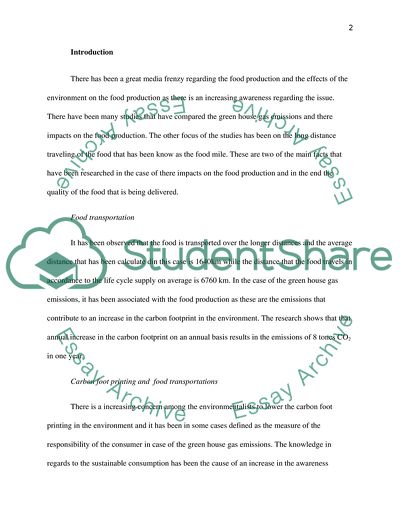Cite this document
(“Environmental Impacts of Food Production Research Paper - 1”, n.d.)
Environmental Impacts of Food Production Research Paper - 1. Retrieved from https://studentshare.org/environmental-studies/1731844-critical-analysis-of-environmental-impacts-of-food-production
Environmental Impacts of Food Production Research Paper - 1. Retrieved from https://studentshare.org/environmental-studies/1731844-critical-analysis-of-environmental-impacts-of-food-production
(Environmental Impacts of Food Production Research Paper - 1)
Environmental Impacts of Food Production Research Paper - 1. https://studentshare.org/environmental-studies/1731844-critical-analysis-of-environmental-impacts-of-food-production.
Environmental Impacts of Food Production Research Paper - 1. https://studentshare.org/environmental-studies/1731844-critical-analysis-of-environmental-impacts-of-food-production.
“Environmental Impacts of Food Production Research Paper - 1”, n.d. https://studentshare.org/environmental-studies/1731844-critical-analysis-of-environmental-impacts-of-food-production.


